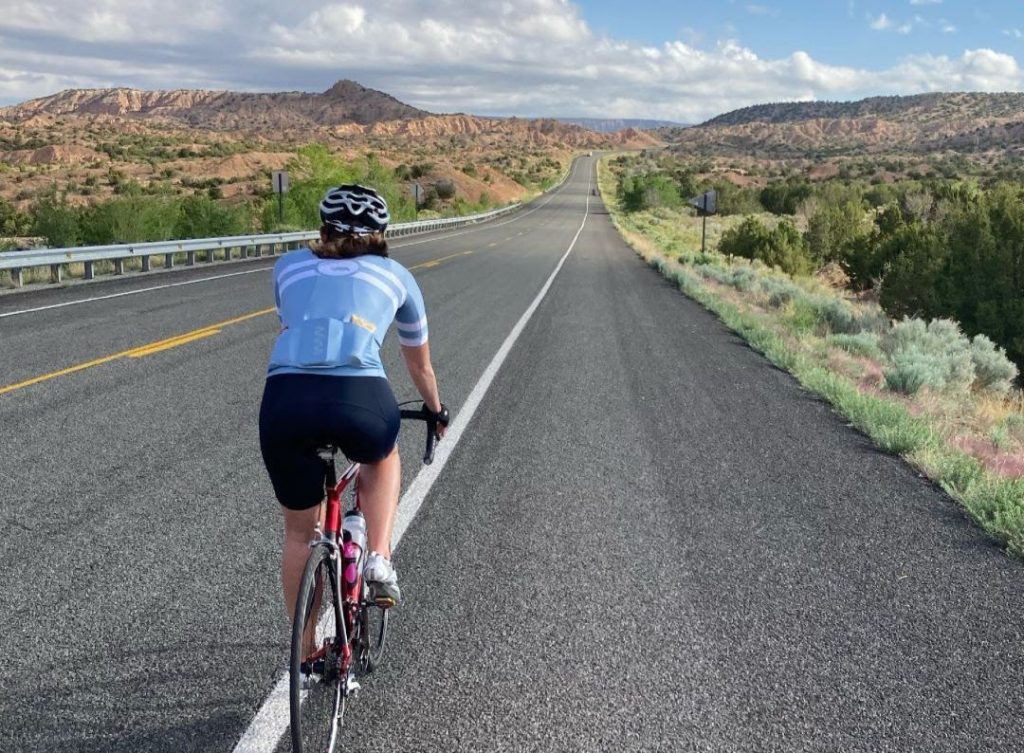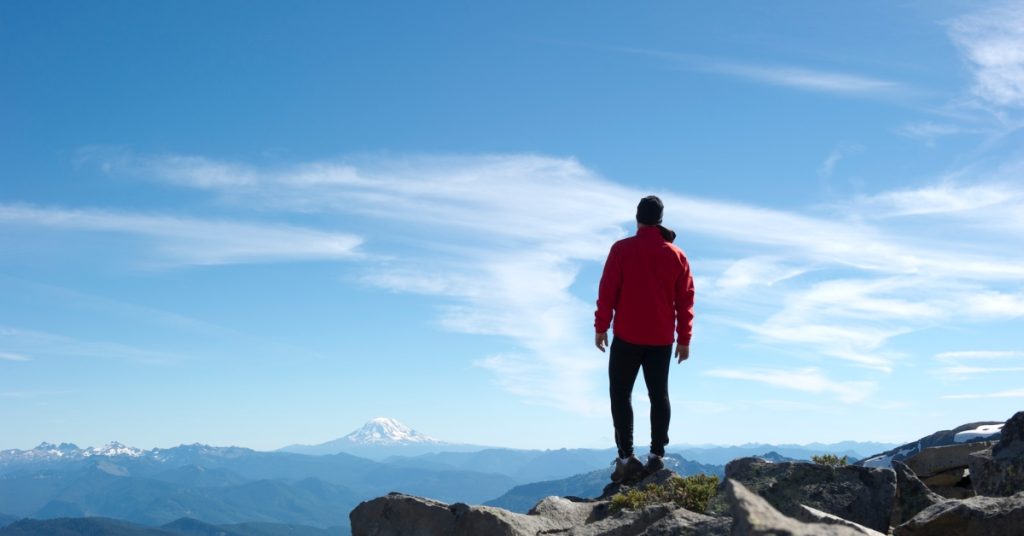Ever since the details were released for Stage 17 of the Tour de France it’s been a highly anticipated, and much talked about stage. At only 65 km in length, it’s the shortest non-time trial stage in 30 years. However, of those 65 kilometers, 37 are uphill making this arguably one of the most challenging stages on record. It consists of two category 1 climbs to start, and culminates with a new hilltop finish on an HC climb lasting 16 km. Ian Boswell of Team Katusha Alpecin shared his ride data with us so we could get a behind the scenes look at what this monumental day looks like from the riders seat.
The First Two Climbs
Unlike the rest of the stages during the Tour, Stage 17 didn’t start with a neutral roll out, but rather employed a new gridded start format where the riders were grouped based on their overall GC classification. This was partly due to the layout of the course that included a near immediate category 1 climb to start. This dynamic start and team grouping structure no doubt had an impact on how the day played out, so let’s look closer at the beginning climbs of this stage.
Everyone knew that the Peloton’s job was going to simply be to hold on and not lose too much time in the overall GC standings. As predicted the start was strong, with classic climbers playing to their strengths and pedaling ahead during the initial incline. The peloton had to match the climbers effort to some extent and we can see this in the first few minutes of Ian’s ride. Three minutes into the first climb Ian puts out an impressive 6.45 W/Kg at an average power of 427 watts. This put him slightly above his FTP out of the gate and dipping into the red zone to stick with the peloton.
After the initial surge, the pace only lessened slightly to allow Ian to finish out the remaining 13 km at an Intensity Factor of .84, a stout pace for the beginning kilometers of a stage like this one.
After a classically technical Pyrenees descent the riders were instantly delivered to the foot of another category 1 climb. While the Col de Val Louron-Azet isn’t as long as the other two climbs, it’s no less challenging. We can see that 16 days of racing didn’t seem to have much of an impact on the pace of the peloton as they climbed. At just over 7 kilometers in length, and averaging over 8% grade, this was a short but aggressive climb. For nearly 25 minutes Ian produced 5.36 W/Kg and a VAM of 1417m/h. Averaging 85% of his FTP just to stay with the peloton certainly sent Ian to the pain cave during this second ascent.
One might think that the first two climbs were enough, but the riders were pedaling straight towards the most challenging part of the day, and a climb that would test their mental fortitude on the third straight week of racing.
The Final Climb
Never before featured was the frighteningly challenging Col du Portet. At 16 kilometers in length and averaging nearly 9% gradient, this was going to be one for the history books! If we look at the climb as a whole we can see that the previous two climbs, as well as the cumulative fatigue of the Tour, was starting to have an impact. While still an impressive effort, the overall intensity drops to 300 watts, or .73 IF. This shows us that both Ian and the peloton were fighting for survival to some degree.
However, this broad view of the climb doesn’t tell the entire story. To get a full sense of the effort, and fight that went into this climb, it’s best if we break it down. This was a dynamic climb with several very steep sections. The first 5 km included gradients of nearly 10% that required tremendous power output just to keep moving forward. We can see that Ian held nearly 5 W/Kg while still keeping consistent cadence and a near perfect power balance. While he may have been tired, his form was still strong.
For the next 9 kilometers we see over a 9% decrease in Ian’s power. While this may seem like a dramatic decrease in performance, it’s important to pay close attention to the VAM of these two segments. Ian climbed the first 5 km at 1261 m/h, and the following 9 km were at 1248 m/h. This tells us that while his power may have dropped, he was still climbing at the same speed as when he started the Col.
The final push to the summit was destined to be brutal after a stage like this one. The closing kilometers saw another ramp up in gradient just to add insult to injury for the tired riders. Ian pours out what he had to give in the last 10 minutes to produce 4.24W/Kg. Again, it’s worth noting the speed of the climb, and realizing that there’s only a small decrease in actual climbing speed, despite decreases in power and VAM. All signs of a controlled and smart rider. Both Ian and the Peloton know that there’s more racing to come, so controlling the effort is critical.
This much anticipated stage took riders to their limits as they fought through both the cumulative fatigue of the Tour, as well as the steep pitches of the 3 major climbs. Through a review of Ian Boswell’s data we can see that it was a dynamic race from the start, and that it took massive efforts just to simply ride through the terrain. While the first two category 1 climbs laid the foundation for the later kilometers, it was the final HC climb that got the most attention. It was unrelenting and made for what’s sure to be an historic hilltop finish.



